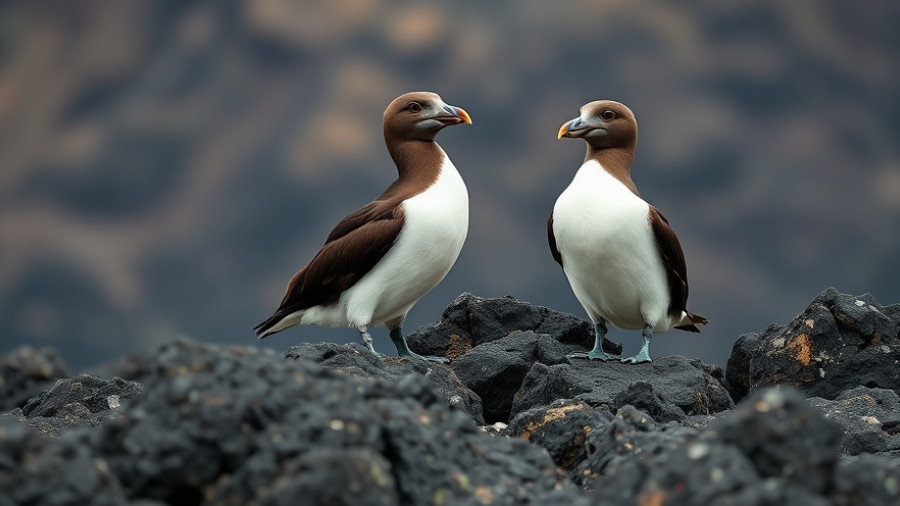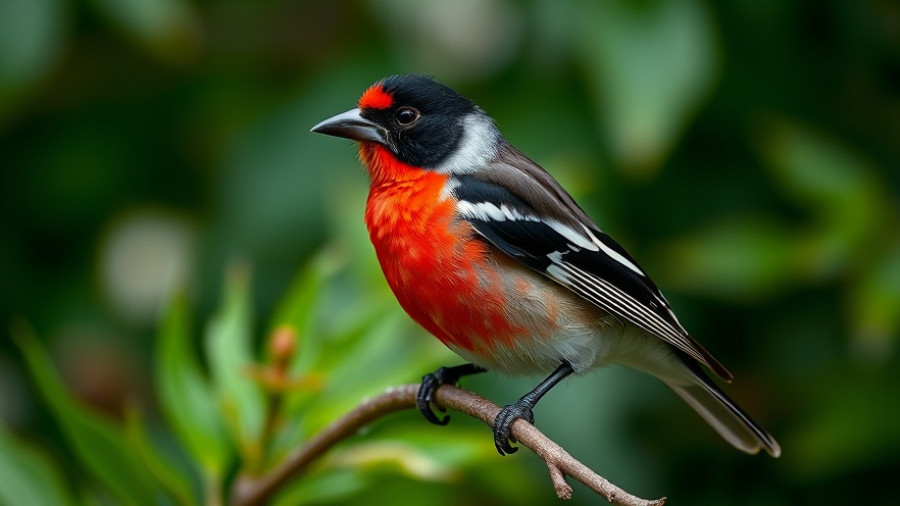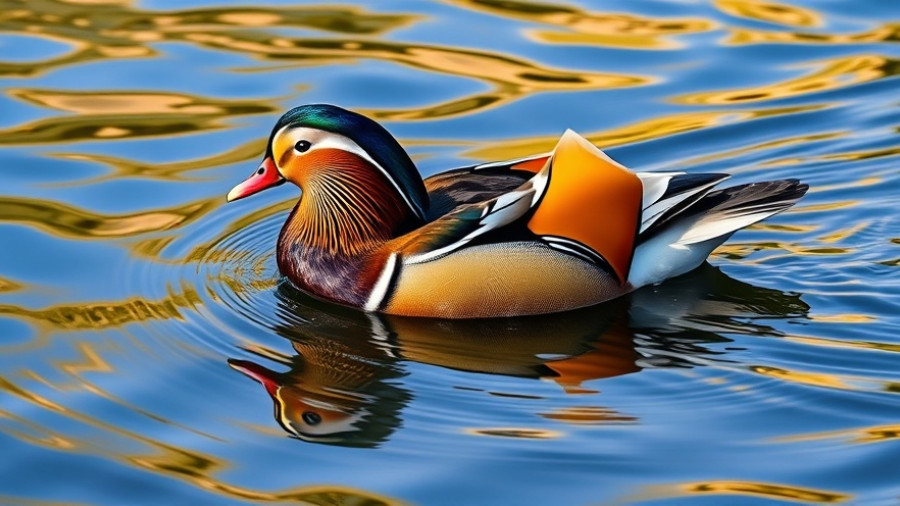
Community and Conservation: The Story of Orchard Orioles
The Orchard Oriole, a vibrant songbird, serves as a testament to the power of community in nature. Often found nesting in large trees adjacent to streambanks and wetlands, these birds not only thrive in social groupings but also play a critical role in maintaining their habitat. Males, distinguished by their chestnut-colored breasts and black wings, migrate south around late July, leaving behind their young and the females to forage for late summer berries. This seasonal departure allows for a unique display of kinship, as they band together to learn and explore their environment.
The Importance of Streamside Habitats
As charming as they are, Orchard Orioles have faced a gradual decline over the past fifty years, primarily due to habitat destruction caused by human activities such as agriculture and grazing. The preservation of streamside habitats is vital not only for these colorful birds but for numerous other species that depend on clean water and the lush greenery that these areas provide. Conservation efforts focused on maintaining and restoring these delicate ecosystems are essential for ensuring that both Orchard Orioles and their fellow avian companions can flourish.
Building Awareness and Taking Action
By understanding the behaviors and needs of the Orchard Oriole, we can take meaningful steps towards preservation efforts. Supporting local conservation initiatives, participating in habitat restoration projects, or simply sharing knowledge about these incredible birds can contribute significantly to their survival. Each small action contributes to a greater cause—a thriving ecosystem where songbirds can continue to enchant us with their melodies.
Conclusion: Join the Movement
In a world where environmental challenges loom large, the story of Orchard Orioles reminds us that community and conservation go hand in hand. Their social structures and interdependence highlight the importance of our own connections to the environment. Together, we can amplify efforts to protect these birds and their habitats, ensuring that future generations can enjoy the rich tapestry of life that nature offers.
 Add Row
Add Row  Add
Add 




Write A Comment